Praise to the Mountain Gods
The Incan Empire
played host to broad spectrum of divine spirits and culture heroes.
From Viracocha, the creator god, to K'uychi, the rainbow god, the Incans
viewed themselves as subjects to a menagerie of powerful deities.
By controlling weather, health, fertility, and time itself, these gods
held the fate of the empire in their hands. If appeased, they could
be helpful allies, but if angered, they were capable of unleashing profound
terror upon the masses, desiccating the fields with drought, ravaging the
villages with disease, or destroying entire cities with natural disaster.
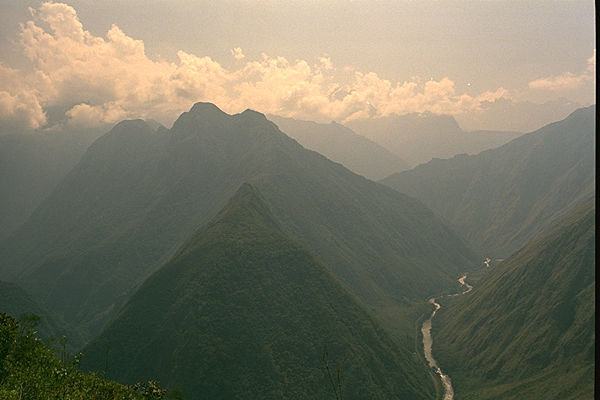 |
Viracocha
At the head of the Incan celestial
table stood the all-mighty Viracocha. The supreme creator-god, he
was the progenitor of the Incan pantheon and preserver of the Inca race.
A mythological hero of epic proportions, he was accredited with saving
the empire when it was threatened by the Chanca barbarians, with wandering
the countryside instructing people on how to live prosperously, and with
ascending to the heavens where he would father a race of protector gods.
While he is revered as the most powerful deity in Incan lore, he was only
worshipped by the priestly elites and the emperor. His very name
was taboo for the masses. |
| Apu Inti (Sun God)
Originally
acknowledged by Manco Capac, the first Inca, Apu Inti became the keystone
in the Incan pantheon of earth-oriented deities. He was the most
magnificent creation of Viracocha and the mythological father of the royal
Inca line (proposed by Manco Capac, one may surmise, to achieve a status
of heavenly mandate). Honored in an array of temples spanning the
empire, Apu Inti was worshipped with sacrafice (animal and human) and prayers
to golden idols. Ceremonies were conducted in his praise at sunrise
and sunset, with fear sweeping the empire during solar eclipses.
The Incas, receiving his gift of light and life, referred to themselves
as children of the sun. |
 |
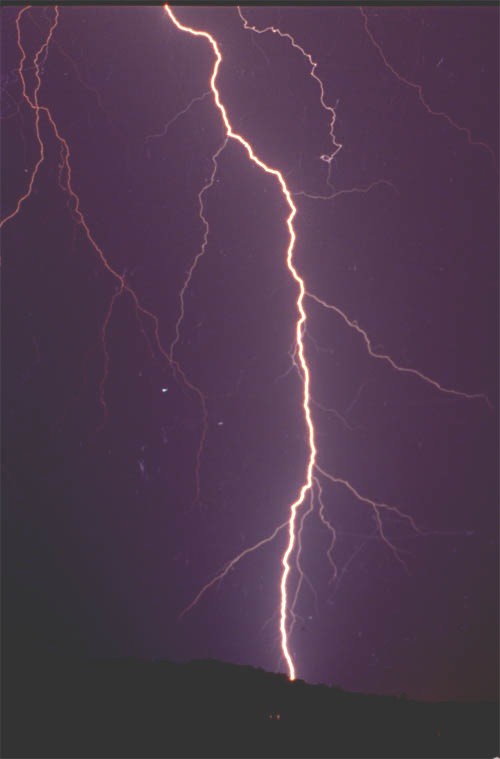 |
Chiqui Illapa (Thunder God)
Second only
to Apu Inti, Chiqui Illapa was a magnanimous figure in Incan lore.
Hailing rain down from the celestial river (the Milky Way), Illapa fed
the empire. Incan legend asserts that he would crack his sister's
water jug with a slingshot, reverberating the echoes of thunder as aqueous
elixir spilled forth from the sky, showering the parched lands below.
He was associated with Keypachu, the upper kingdom of heaven, and was worshipped
throughout the growing season. Interestingly, any male child born
during a thunderstorm was declared a priest of Chiqui Illapa, an exalted
position in Incan society and within the priestly class itself. |
Mamaquilla (Mother Moon)
First acknowledged
by Inca Yapanqui, successor of Manco Capac, Mamaquilla was wife of the
sun and timekeeper of the heavens. As the Incan calendar revolved
around the lunar month, she was critical to the maintenance of a calendric
system that would ensure proper adherence to planting and harvesting seasons.
She was represented with idols of silver, complementing the gold of her
luminary husband.
|
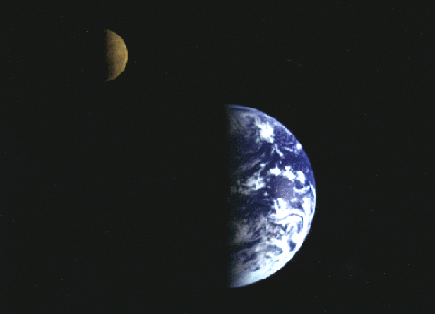 |
 |
Yakumama (Mother Water)
Yakumama was
believed to control subterranean and mountain streams, blessing the fields
with nourishment and springing fresh water from the earth. The complement
of Chiqui Illapa, she was associated with ukupacha, the lower kingdom of
heaven.
|
| Mamacocha (Mother Sea)
A regional
deity, Mamacocha was important to ayllus of the Peruvian coast, where she
mainatined the fertility of of the sea. She was honored with conch
shells, which were more valuable in this region than gold or silver. |
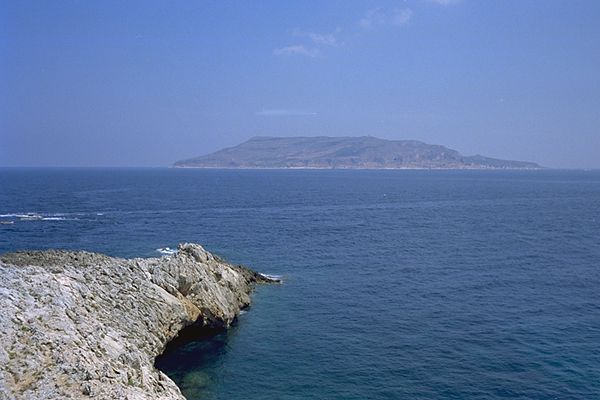 |
 |
Pachakama (Earth Mother)
Pachakama was
also a regional deity, important to the Andean highlanders. She was
ascribed the role of ensuring the fertility of soil and seed in the harsh
mountain climes. |
| Stars
In the tradition
of celestial deities, stars were thought to possess spirits that breathed
life into earthly beings. Several constellations were also recognized
as bearing agricultural import, such as the Pleiades, the "Seven Sisters"
who preserved the seed, and the "Great Lizard", who appeared in the west
during planting season and buried his head in the east at harvest time.
|
 |
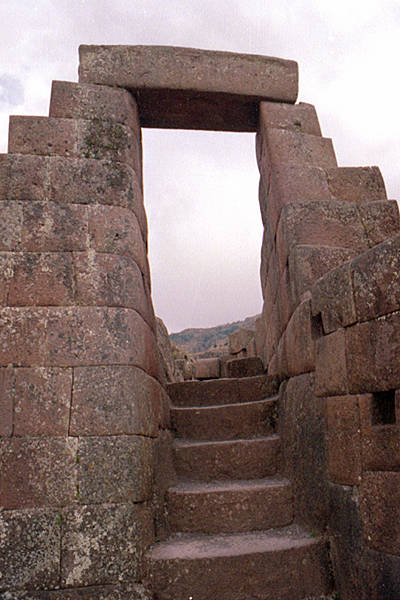 |
Waca
Waca were the
family gods, or, synonomously, the shrines in which the family gods were
worshipped. They were honored with more regularity than any deity
of the state-recognized pantheon, as they wielded direct control over the
prosperity of the ayllu. Wacas took a variety of forms, the most
common being mountains, streams, caves, trees, or roads. Idols appropriate
to their form were worshipped on a daily basis to appease them and avert
the evocation of manevolence. Curiously, oddities such as twins,
abnormal plants, and misfigured animals were also considered Wacas.
In addition to the Waca of the kin group, individuals also had a personal
guarding spirit of similar significance. |
Home
Works consulted:
Mason, J. Alden. Ancient Civilizations of Peru. London:
Penguin Books. 1991.
Wallace, Anthony. "The Relgion of Qosqo." n.d. http://www.bestweb.net/~goyzueta/qosqo/religion.html
Picture credits:
Viracocha: http://www.raingod.com/angus/gallery
Apu Inti:
http://www.astronomy.com
Chiqui Illapa: http://www.astronomy.com
Mamaquilla: http://www.astronomy.com
Yakumama: http://www.excite.com/pics/earth
Mamacocha : http://www.excite.com/pics/earth
Pachakama: http://www.usws.com
Waca:
http://www.astronomy.com








